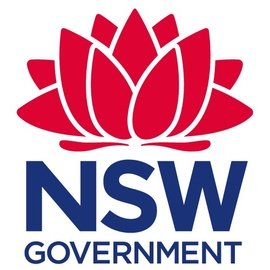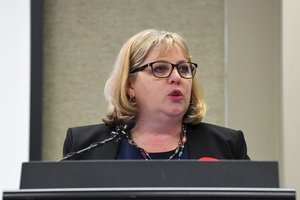Yet they also report some positive news, with leaders showing strong levels of resilience and a high work commitment.
Australia isn’t alone in these concerns. For instance, a study of senior school leaders and head teachers in the UK reported that 29 pert cent were “sinking”, 42 per cent said they had been mostly surviving, and only 28 per cent said they were thriving. Worryingly, leaders in primary schools and females were more likely to be sinking.
A Monash University study of the emotional labour of public school principals, supported by the Australian Research Council, is revealing the human face of what’s going on underneath these alarming statistics.
Principals were asked to identify a critical incident they had encountered in their work over the past five years, and discuss their professional response to the incident, their personal response, and what they had learned from the incident. More than 200 testimonies from public-school principals across Australia have so far been collected.
Our public-facing website gives a sample of these testimonies. Like the ACU study, violence from students and threats from parents were commonly identified, as was the deep satisfaction principals felt for performing a crucial role.
Put simply, schools – public schools in particular – are the canaries in the coalmine of society. As the UK, ACU and our Monash study reveals, there are deeply concerning social trends playing out in our schools that Australian schools aren’t adequately equipped to deal with.
What needs to be done to help principals?
Rather than beating up on parents for being “entitled, helicopter” parents, or inflicting more punitive responses against students, what can be done to support our principals and, thus, our children and young people?
Address funding issues
Firstly, we urgently need to fund public schools to 100 per cent of the Schooling Resource Standard (SRS). The only system that does so is the ACT, with WA recently agreeing to do so with support from the Commonwealth government.
The Australian schooling system ranks in the bottom third of OECD nations in providing equitable access to quality education. This has huge implications for the quality of education we can provide for all our children, and knock-on impacts for the health and wellbeing of educators.
Public schools in Australia educate two-thirds of the student population, but overwhelmingly educate students from the most disadvantaged backgrounds and with complex needs.
This extra funding needs to be urgently directed to schools to support resourcing for these students, and to train teachers and principals in how best to support them.
Much of the stress reported by principals and teachers comes from dealing with children with complex needs without adequate infrastructure, resourcing, training and support for educators. This not only leads to student and parent frustration and anger, but guilt, frustration and anger for principals who feel the “pinch” between what they value and what they can actually do, given the lack of resourcing and training.
Reduce the workload
Secondly, reduce the workload of principals.
Workload is the most significant cause of poor principal health and wellbeing. Much of this workload involves compliance with the administrative demands of the job, and has little to do with principals’ core functions of being the leading learners of their schools. Similar points can be made for teachers.
Yet government attempts to reduce workload have typically focused on “increasing principals’ efficiency” to meet these administrative demands rather than reducing the volume of work.

Acknowledge the demands
Thirdly, we need to recognise the intensified workload is not just about reducing the number of hours principals work – crucial though that is. It’s also about acknowledging the emotional demands and intensity of these hours, as our principal testimonies and the ACU study demonstrate.
In turn, that involves adequately funding public schools to deal with the complex demands of educating their diverse students, and education departments developing a “strong service culture” for schools.
Too often, the principals’ testimonies tell us there ‘ no follow-up for them after harrowing critical incidents or, worse, to quote one principal: “I was hung out to dry.”
More government investment
Fourthly, we need a serious investment by governments in supporting schools to develop strong family and community partnerships and outreach.
This must not be yet another “add-on” job for principals and schools, but sit at the heart of all that schools do, and must be adequately resourced and training provided for schools.
Strong relationships between families and schools are the best predictors for children’s flourishing at school. It’s worth a serious investment of time and money from governments to get this right.
The time is long overdue for actions that will build a whole-of-government response that involves state and federal governments working together to solve these issues. This response needs to include unions, principal and parent associations, as well as policymakers.
Having parents’ input to solve these issues is crucial. Parents are not the enemy – many principals are parents, too.
This article first appeared on the Monash Lens website. To read the orginal article, click here.














